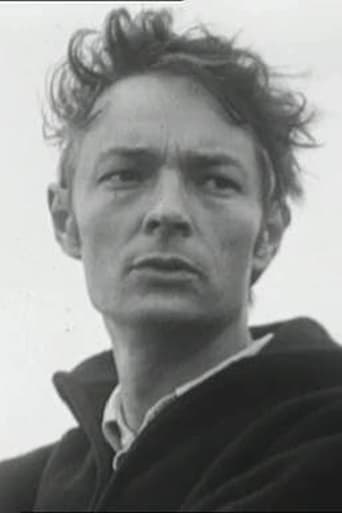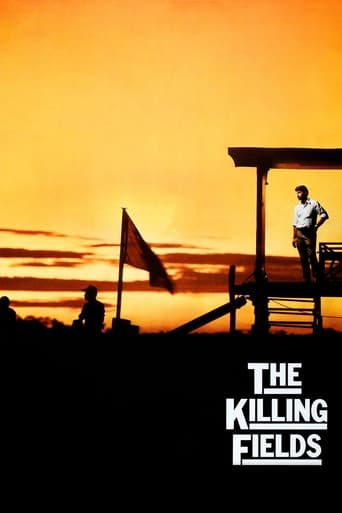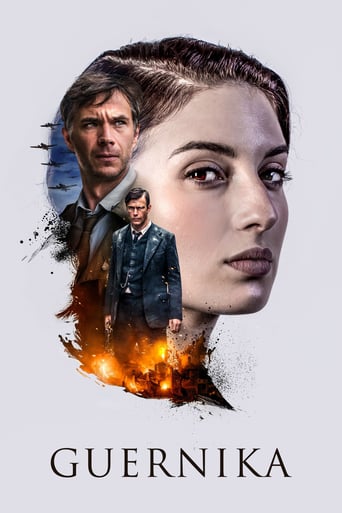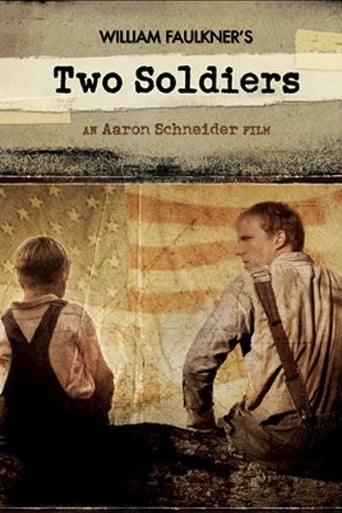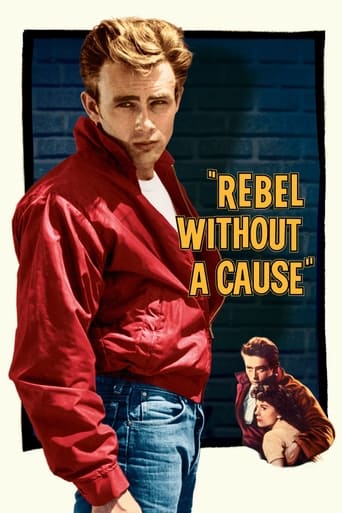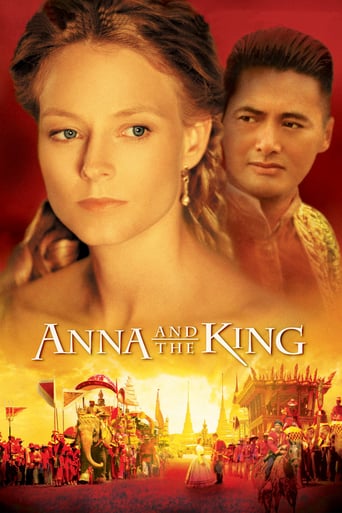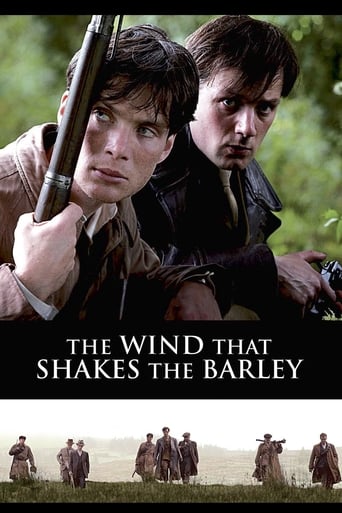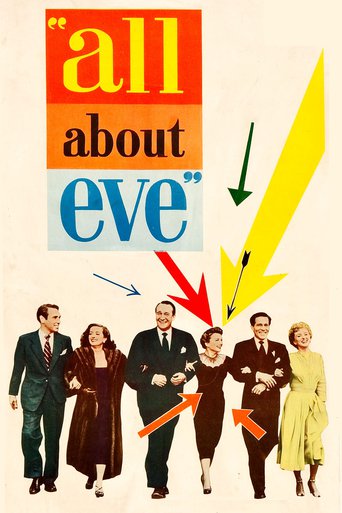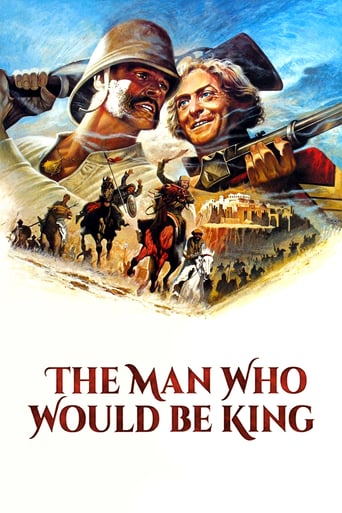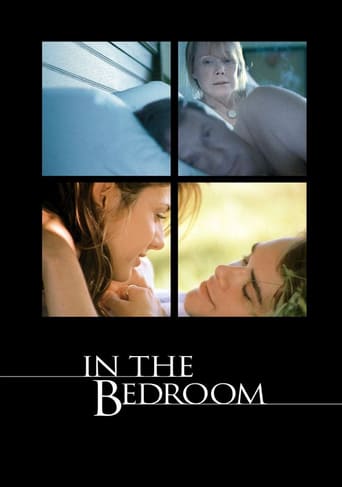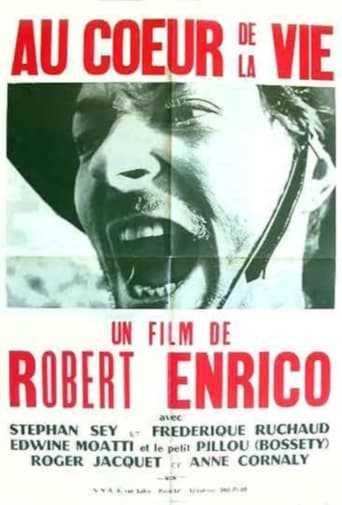

In the Midst of Life (1963)
This Civil War anthology adapts three Ambrose Bierce stories "An Occurrence at Owl Creek Bridge," "Chickamauga" and "The Mockingbird."
Watch Trailer
Cast


Similar titles
Reviews
Thanks for the memories!
Don't listen to the negative reviews
As somebody who had not heard any of this before, it became a curious phenomenon to sit and watch a film and slowly have the realities begin to click into place.
The storyline feels a little thin and moth-eaten in parts but this sequel is plenty of fun.
The first segment of the French anthology based on Civil War writings by Ambrose Beirce IN THE MIDST OF LIFE, this is actually the least of the three stories (being somewhat draggy at 37 minutes) but still pretty good taken on its own merits. If anything, it sets the tone perfectly for the other two: being partially a story about childhood (like CHICKAMAUGA) and also sort of a plot-within-a-plot (like AN OCCURRENCE AT OWL CREEK BRIDGE), in this case a flashback to the protagonist's past. As expected, the period detail feels authentic and is exquisitely captured by the camera. Regrettably, some of the narration here is only presented in unsubtitled French! The premise involves a soldier on guard in a forest shooting an unseen enemy who tries to cross the lines; in the excitement (being young and, thus, inexperienced), he recalls his life growing up and in particular how he was separated from his twin brother. This sets up the predictable but nevertheless effective twist ending, where it transpires that the man he killed was his own sibling (leaving one in doubt whether the latter was conscious of the other's identity and had come to greet him)! Incidentally, the title refers to the children's pet which is heard chirping a tune subsequently picked up by the fallen twin! I followed this with yet another horror effort from this director – the made-for-TV but feature-length 'haunted house' tale THE GHOSTLY RENTAL (1965) and, for the sake of comparison, I also intend checking out the ALFRED HITCHCOCK PRESENTS episode from 1959 of "An Occurrence At Owl Creek Bridge".
It's difficult to believe that the Robert Enrico who made Les Aventuriers also made Au Couer de la vie a decade previously because the two are chalk and cheese having only directorial talent in common. A cynic may remark that Enrico had been frightened by Max Ophuls after noting the way his camera is seldom if ever static, circling the action constantly, creeping through the woods like a Comanche war party surrounding settlers but fluid camera-work is only one of the stylistic strings on Enrico's bow. He has taken three stories by Ambrose Bierce all illuminating some aspect of The War Between The States (1861-64), often erroneously labelled the American Civil War, and melded them into a powerful - all the more so because it is largely silent - anti-War statement. All three stories blur the boundaries between reality and the supernatural and the first segment 'Mockingbird' is the ideal introduction to the concept when a soldier, rewarded for bravery with a furlough, falls asleep and dreams of a Past that is still in the Future and all too soon becomes the Present. The second segment 'Chickamauga' is a tour de force in which the actual battle is unseen but 'felt' by a deaf-mute child who subsequently plays among the dead victims and induces them to rise and follow his reverse Pied Piper in a danse macabre. The last segment 'An Incident At Owl Creek Bridge' was widely shown in the 1960s as a 'short' and is arguably the most lyrical of the three; a condemned man is hanged from the eponymous bridge and dropped into the river where, miraculously, he is able to free himself and out-swim the bullets of the hanging detail. Joyously he runs all the way home to the arms of his waiting wife but then ...This is yet another neglected masterpiece that separates the men of Real French Cinema from the boys of the new wavelet which, by 1963, was barely a trickle and as dbmonteuil has said in his own perceptive review another one or two films of this quality around 1958-61 and the nouvelle vague wouldn't even have been a joke.
Although it was made during the Nouvelle Vague days ,it's not Nouvelle Vague stuff.It's simply FRench cinema ,when it is at its most inventive ,its most moving,its most beautiful.If you do not like Jean-Luc Godard ,if Eric Rohmer makes you yawn your head off,and if you think that Jacques Rivette makes movies for the happy few you are not part of,"Au coeur de la vie" was made for you.Robert Enrico came in blaring,and unfortunately did not come out the same way.Simply ,"Au coeur de la vie" is the lost forgotten treasure,the masterpiece of the early sixties almost nobody knows even in France.Its three segments were made separately but they form a seamless whole ;the third segment ,"La RIvière du Hibou" (aka "occurence at owl creek bridge" )is so mesmerizing,so fascinating ,so stunning that not only it became part of "the twilight zone" series but it also inspired Adrian Lyne's excellent "Jacob's ladder".But it was a shame to get "La Rivière du Hibou out of its context! The three segments MUST be seen as Enrico wanted them to be !Let it be so!"L'oiseau moqueur" is a complex story involving a soldier who may or may not have killed an enemy (?).The landscapes in the forest are filmed as they never were before (it might be a French forest but who cares?) and four decades later,"the BLair Witch project" tried to do what Enrico did circa 1960.The forest seems sometimes a place of quietness and serenity with the continuous noise of its wild life ,but it may soon become a disturbing threatening trap.As if it were not enough,Enrico introduces a sensational dream sequence -at first we think it's a new segment- where the mocking-bird,the dead woman and the twins may seem out of place ;but further acquaintance shows us that they prepare the last scene with its astonishing unexpected end."Chickamauga" ,the second segment is the best anti-war manifesto since Abel Gance's "J'accuse "(1918 and 1937).An user wrote that "Gladiator" borrowed elements from the third segment and when you reach such a level of creativity,it's not surprising.A child (at the end,we learn something about him which "explains" ,so to speak,his attitude)lives in a house in the South .One day he goes for a stroll in the forest.From a distance,war is raging ,to the sounds of "Dixieland" and "the battle hymn of the republic" .We will see nothing of the battle.Night has fallen.The child is going though the woods,where the dead bodies piled up .He plays the bugle and the soldiers awake and follow him ,as if he were the pied piper ,in some kind of dance macabre.A sequence to rival the wake of the Dead in Abel Gance's classic .The strength of the pictures will leave you on the edge of your seat."La Rivière du Hibou" is the most famous segment and has sometimes been shown alone as I mentioned before.I wrote a comment on it a few weeks ago ,(see this title)so I will not write a detailed review.Suffice to say its influence was essential on the fantasy and horror genre .It can be depicted as an hymn to the nature ,to love (the wife who is waiting) and to life .Man's justice,man's war can do nothing against the light of a sunny day.Life is short,so we 've got to make the best of what it's left to us,even if it were for a few seconds."Au coeur de la vie" ,although very ambitious in scope,although going to peaks of visual beauty (or horror) ,is accessible to anyone.Robert Enrico would never come up with such a chef d'oeuvre again.Three movies as brilliant as this one would have challenged the notorious Nouvelle Vague and would have changed the face of French cinema forever.SEE IT AT ANY COST!AT ANY COST!
BUYER BEWARE!The short subject "La Rivière du Hibou" is only one part of a three-story anthology film by Robert Enrico called "Au coeur de la vie" ("In the Midst of Life", 1962) (please see "La Rivière du Hibou" elsewhere in IMDb). All three stories are inspired by Ambrose Bierce short stories about the American Civil War.Something very strange happened to this particular episode of 'Au coeur de la vie'. First of all, it was proposed as Best Short Subject at the Oscars in 1962 and won, even though it had probably never been shown commercially that way in the US or anywhere else. Second, it was chosen as the very last episode of Rod Serling's TV series 'The Twilight Zone', in a cost-cutting gesture. It is this truncated version that is generally available on VHS and DVD today. It is unfortunately not the way its director wanted it and the two other episodes of that film ('L'oiseau moqueur' and 'Chickamauga') have totally disappeared from everyone's consciousness.That is really sad as I remember seeing the whole film in a cine-club in 1963 and going through a thoroughly gut-wrenching emotional experience because of the cumulative effect of these three stories which really bring home the profound tragedy of the American Civil War. Some producer somewhere probably decided that this film would be too intense to be shown in its entirety to an American audience and it has since sunk under the waters of forgetfulness, except for that maimed 'Twilight Zone' episode. For the record, "L'Oiseau moqueur" ("The Mockingbird") tells of the terrifying confrontation of two brothers on a battlefield and "Chickamauga" relates the famous battle from the point of view of a six-year-old deaf and mute child living on a plantation.Let us all pray that somebody, somewhere will rescue it from the ravages of time before it is too late and make the whole thing available on DVD, in its original, uncut, uncompromised form, very, very soon Note of interest: The flashback scenes of Maximus in "Gladiator" are directly, shall we say, "inspired" by the same scenes in "La Rivière du Hibou". As much as I despise "Gladiator", I have to admire its director's good taste in borrowing from the best. Also note that the sad twist-ending of the Director's Cut of "Brazil" is also diredtly inspired by the ending of the famous "La Rivière au Hibou/Occurrence at Owl's Creek" episode.



